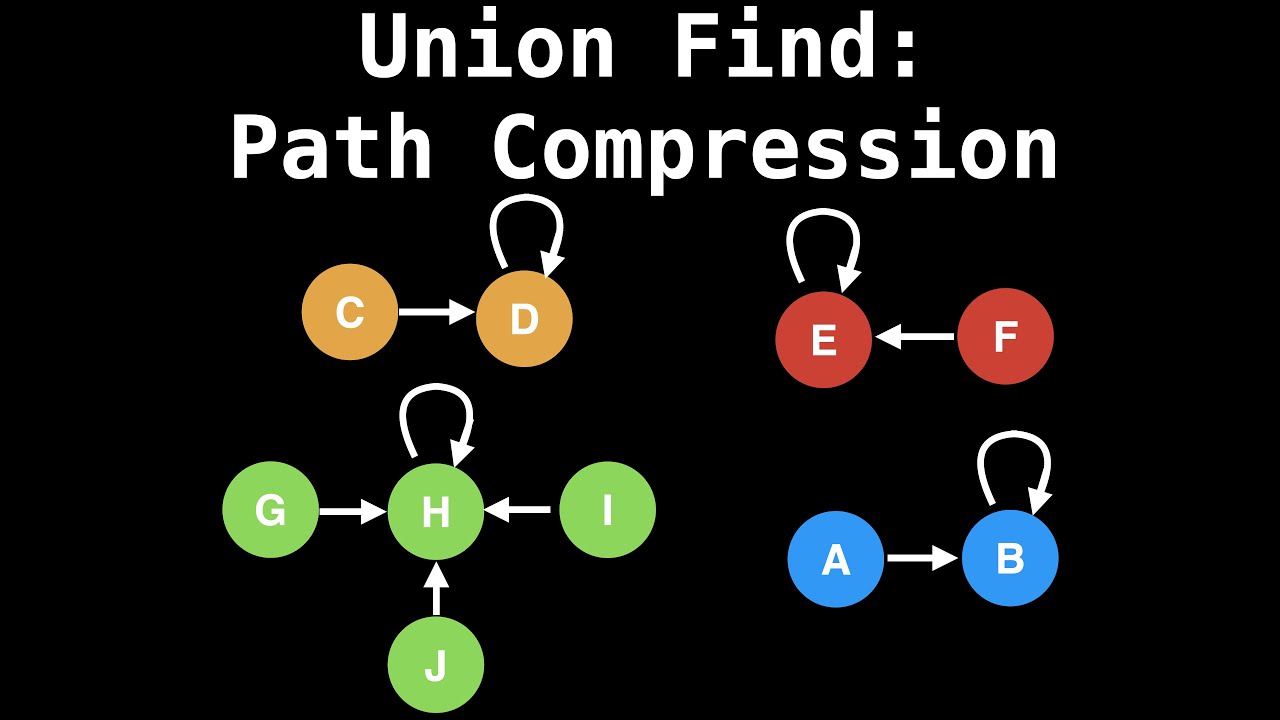
晚上唱K失败,团队唱K热情不足呀,还是乖乖回来刷题吧,这次前两题轻松拿下,第三道题DFS又超时,我想了好久的剪枝都没想出来,没想到其实每个格子的权重并不是都不一样,最后一道题就没看了,排名1322 / 2803,唉,一直都是average的水平
5922. 统计出现过一次的公共字符串 [EASY]
给你两个字符串数组 words1 和 words2 ,请你返回在两个字符串数组中 都恰好出现一次 的字符串的数目。
示例 1:
输入:words1 = [“leetcode”,”is”,”amazing”,”as”,”is”], words2 = [“amazing”,”leetcode”,”is”]
输出:2
解释:
- “leetcode” 在两个数组中都恰好出现一次,计入答案。
- “amazing” 在两个数组中都恰好出现一次,计入答案。
- “is” 在两个数组中都出现过,但在 words1 中出现了 2 次,不计入答案。
- “as” 在 words1 中出现了一次,但是在 words2 中没有出现过,不计入答案。
所以,有 2 个字符串在两个数组中都恰好出现了一次。
示例 2:
输入:words1 = [“b”,”bb”,”bbb”], words2 = [“a”,”aa”,”aaa”]
输出:0
解释:没有字符串在两个数组中都恰好出现一次。
示例 3:
输入:words1 = [“a”,”ab”], words2 = [“a”,”a”,”a”,”ab”]
输出:1
解释:唯一在两个数组中都出现一次的字符串是 “ab” 。
提示:
1 <= words1.length, words2.length <= 1000
1 <= words1[i].length, words2[j].length <= 30
words1[i] 和 words2[j] 都只包含小写英文字母。
1 | /* |
5923. 从房屋收集雨水需要的最少水桶数 [MEDIUM]
给你一个下标从 0 开始的字符串 street 。street 中每个字符要么是表示房屋的 ‘H’ ,要么是表示空位的 ‘.’ 。
你可以在 空位 放置水桶,从相邻的房屋收集雨水。位置在 i - 1 或者 i + 1 的水桶可以收集位置为 i 处房屋的雨水。一个水桶如果相邻两个位置都有房屋,那么它可以收集 两个 房屋的雨水。
在确保 每个 房屋旁边都 至少 有一个水桶的前提下,请你返回需要的 最少 水桶数。如果无解请返回 -1 。
示例 1:
输入:street = “H..H”
输出:2
解释:
我们可以在下标为 1 和 2 处放水桶。
“H..H” -> “HBBH”(’B’ 表示放置水桶)。
下标为 0 处的房屋右边有水桶,下标为 3 处的房屋左边有水桶。
所以每个房屋旁边都至少有一个水桶收集雨水
示例 2:
输入:street = “.H.H.”
输出:1
解释:
我们可以在下标为 2 处放置一个水桶。
“.H.H.” -> “.HBH.”(’B’ 表示放置水桶)。
下标为 1 处的房屋右边有水桶,下标为 3 处的房屋左边有水桶。
所以每个房屋旁边都至少有一个水桶收集雨水。
示例 3:
输入:street = “.HHH.”
输出:-1
解释:
没有空位可以放置水桶收集下标为 2 处的雨水。
所以没有办法收集所有房屋的雨水。
示例 4:
输入:street = “H”
输出:-1
解释:
没有空位放置水桶。
所以没有办法收集所有房屋的雨水。
示例 5:
输入:street = “.”
输出:0
解释:
没有房屋需要收集雨水。
所以需要 0 个水桶。
提示:
1 <= street.length <= 105
street[i] 要么是 ‘H’ ,要么是 ‘.’ 。1
2
3
4
5
6
7
8
9
10
11
12
13
14
15
16
17
18
19
20
21
22
23
24
25
26
27
28
29
30
31
32
33
34
35
36
37
38
39
40
41
42
43
44
45
46
47
48
49
50
51
52
53
54
55
56
57
58
59/*
审题:这题写的比较丑,分的情况太多,圈复杂度太大了
*/
class Solution {
public:
int minimumBuckets(string street) {
int length = street.size();
if (length == 1) {
if (street[0] == '.') {
return 0;
} else {
return -1;
}
}
int sum = 0;
bool hasBucket = false;
for (int i = 0; i < length; ++i) {
if (street[i] == 'H') {
if (i == 0) {
if (street[i + 1] == '.') {
street[i + 1] = 'B';
++sum;
} else {
return -1;
}
} else if (i == length - 1) {
if (street[i - 1] == '.') {
++sum;
} else if (street[i - 1] == 'B') {
return sum;
} else {
return -1;
}
} else {
if (street[i - 1] == '.') {
if (street[i + 1] == '.') {
street[i + 1] = 'B';
++sum;
} else {
street[i - 1] = 'B';
++sum;
}
} else if (street[i - 1] == 'B') {
continue;
} else {
// i - 1 == 'H'
if (street[i + 1] == '.') {
street[i + 1] = 'B';
++sum;
} else {
return - 1;
}
}
}
}
}
return sum;
}
};
5924. 网格图中机器人回家的最小代价 [MEDIUM]
给你一个 m x n 的网格图,其中 (0, 0) 是最左上角的格子,(m - 1, n - 1) 是最右下角的格子。给你一个整数数组 startPos ,startPos = [startrow, startcol] 表示 初始 有一个 机器人 在格子 (startrow, startcol) 处。同时给你一个整数数组 homePos ,homePos = [homerow, homecol] 表示机器人的 家 在格子 (homerow, homecol) 处。
机器人需要回家。每一步它可以往四个方向移动:上,下,左,右,同时机器人不能移出边界。每一步移动都有一定代价。再给你两个下标从 0 开始的额整数数组:长度为 m 的数组 rowCosts 和长度为 n 的数组 colCosts 。
如果机器人往 上 或者往 下 移动到第 r 行 的格子,那么代价为 rowCosts[r] 。
如果机器人往 左 或者往 右 移动到第 c 列 的格子,那么代价为 colCosts[c] 。
请你返回机器人回家需要的 最小总代价 。

示例 1:
输入:startPos = [1, 0], homePos = [2, 3], rowCosts = [5, 4, 3], colCosts = [8, 2, 6, 7]
输出:18
解释:一个最优路径为:
从 (1, 0) 开始
-> 往下走到 (2, 0) 。代价为 rowCosts[2] = 3 。
-> 往右走到 (2, 1) 。代价为 colCosts[1] = 2 。
-> 往右走到 (2, 2) 。代价为 colCosts[2] = 6 。
-> 往右走到 (2, 3) 。代价为 colCosts[3] = 7 。
总代价为 3 + 2 + 6 + 7 = 18
示例 2:
输入:startPos = [0, 0], homePos = [0, 0], rowCosts = [5], colCosts = [26]
输出:0
解释:机器人已经在家了,所以不需要移动。总代价为 0 。
提示:
m == rowCosts.length
n == colCosts.length
1 <= m, n <= 105
0 <= rowCosts[r], colCosts[c] <= 104
startPos.length == 2
homePos.length == 2
0 <= startrow, homerow < m
0 <= startcol, homecol < n
1 | 审题:这题审题漏了最重要的 |
5925. 统计农场中肥沃金字塔的数目 [HARD]
有一个 矩形网格 状的农场,划分为 m 行 n 列的单元格。每个格子要么是 肥沃的 (用 1 表示),要么是 贫瘠 的(用 0 表示)。网格图以外的所有与格子都视为贫瘠的。
农场中的 金字塔 区域定义如下:
区域内格子数目 大于 1 且所有格子都是 肥沃的 。
金字塔 顶端 是这个金字塔 最上方 的格子。金字塔的高度是它所覆盖的行数。令 (r, c) 为金字塔的顶端且高度为 h ,那么金字塔区域内包含的任一格子 (i, j) 需满足 r <= i <= r + h - 1 且 c - (i - r) <= j <= c + (i - r) 。
一个 倒金字塔 类似定义如下:
区域内格子数目 大于 1 且所有格子都是 肥沃的 。
倒金字塔的 顶端 是这个倒金字塔 最下方 的格子。倒金字塔的高度是它所覆盖的行数。令 (r, c) 为金字塔的顶端且高度为 h ,那么金字塔区域内包含的任一格子 (i, j) 需满足 r - h + 1 <= i <= r 且 c - (r - i) <= j <= c + (r - i) 。
下图展示了部分符合定义和不符合定义的金字塔区域。黑色区域表示肥沃的格子。
给你一个下标从 0 开始且大小为 m x n 的二进制矩阵 grid ,它表示农场,请你返回 grid 中金字塔和倒金字塔的 总数目 。
示例 1:
输入:grid = [[0,1,1,0],[1,1,1,1]]
输出:2
解释:
2 个可能的金字塔区域分别如上图蓝色和红色区域所示。
这个网格图中没有倒金字塔区域。
所以金字塔区域总数为 2 + 0 = 2 。
示例 2:
输入:grid = [[1,1,1],[1,1,1]]
输出:2
解释:
金字塔区域如上图蓝色区域所示,倒金字塔如上图红色区域所示。
所以金字塔区域总数目为 1 + 1 = 2 。
示例 3:
输入:grid = [[1,0,1],[0,0,0],[1,0,1]]
输出:0
解释:
网格图中没有任何金字塔或倒金字塔区域。
示例 4:
输入:grid = [[1,1,1,1,0],[1,1,1,1,1],[1,1,1,1,1],[0,1,0,0,1]]
输出:13
解释:
有 7 个金字塔区域。上图第二和第三张图中展示了它们中的 3 个。
有 6 个倒金字塔区域。上图中最后一张图展示了它们中的 2 个。
所以金字塔区域总数目为 7 + 6 = 13.
提示:
m == grid.length
n == grid[i].length
1 <= m, n <= 1000
1 <= m * n <= 105
grid[i][j] 要么是 0 ,要么是 1 。
1 | 审题:这题没怎么看 |

